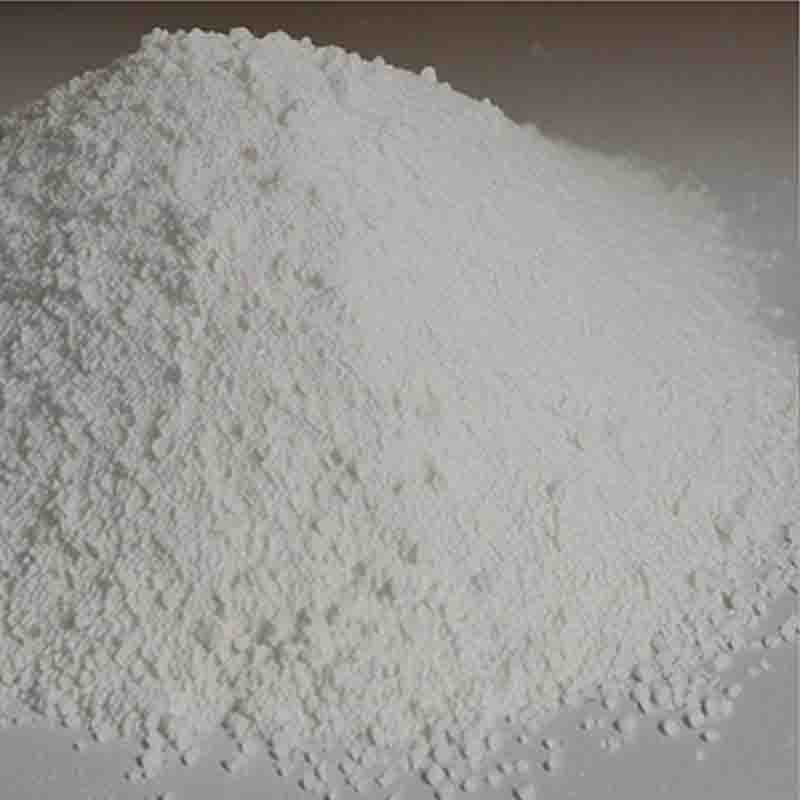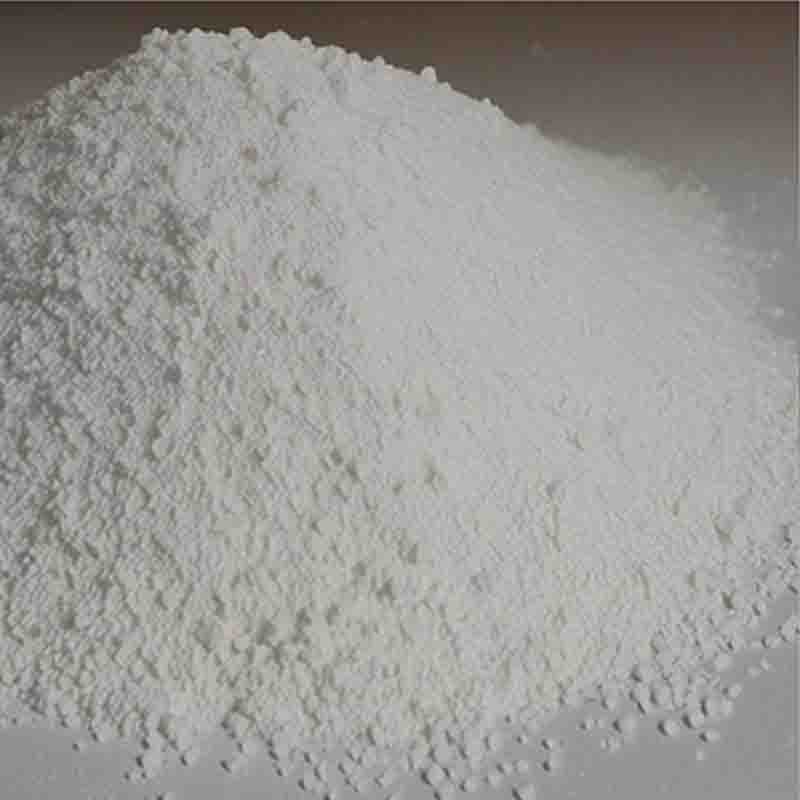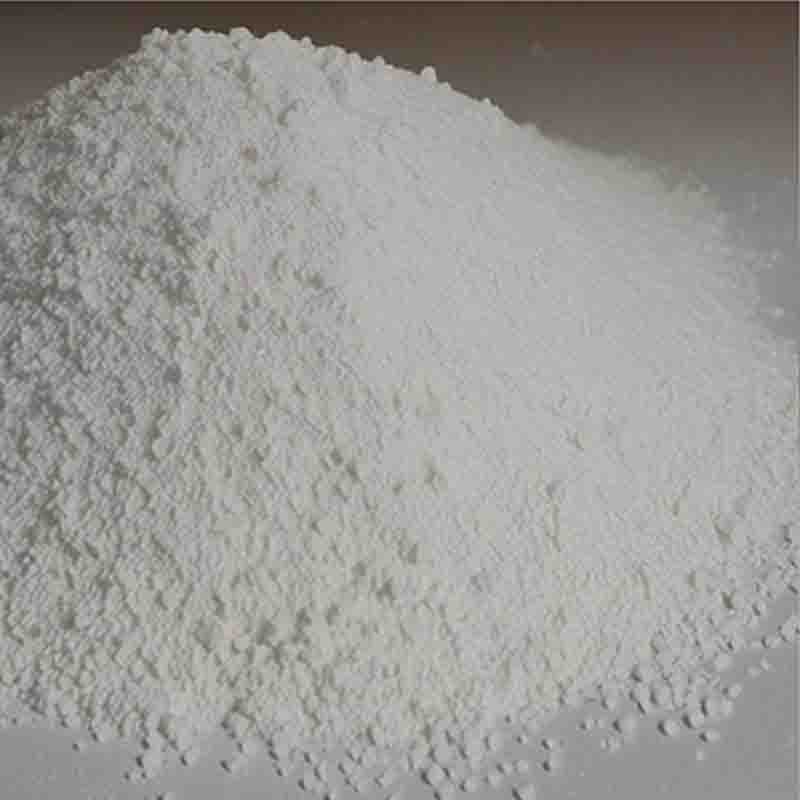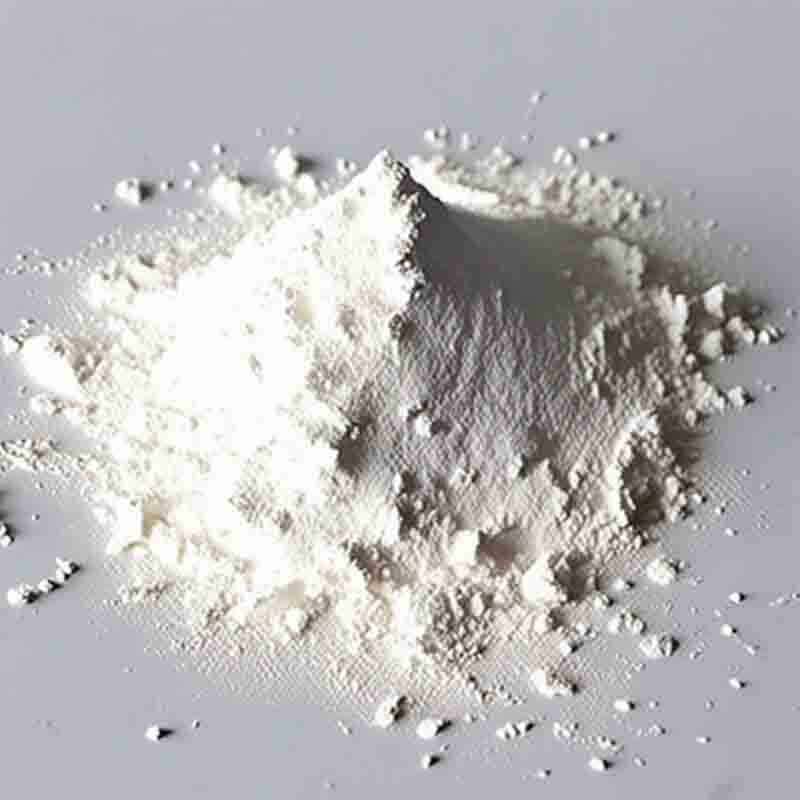N-methyl-N-[(3R,4R)-4-methylpiperidin-3-yl]-7H-pyrrolo[2,3-d]pyrimidin-4-amine CAS: 477600-74-1
| Catalog Number | XD93939 |
| Product Name | N-methyl-N-[(3R,4R)-4-methylpiperidin-3-yl]-7H-pyrrolo[2,3-d]pyrimidin-4-amine |
| CAS | 477600-74-1 |
| Molecular Formula | C13H19N5 |
| Molecular Weight | 245.32 |
| Storage Details | Ambient |
Product Specification
| Appearance | White powder |
| Assay | 99% min |
N-methyl-N-[(3R,4R)-4-methylpiperidin-3-yl]-7H-pyrrolo[2,3-d]pyrimidin-4-amine is a compound of interest in medicinal chemistry and drug development due to its unique structure and potential applications in various fields. Its complex structure consists of a pyrrolo[2,3-d]pyrimidine core, a piperidine ring, and a methyl group.One potential application of this compound is in the field of cancer research. Preliminary studies suggest that it could be useful as an anticancer agent. The piperidine moiety, combined with the pyrrolopyrimidine core, indicates a potential for inhibiting various kinase enzymes that play a crucial role in cancer cell growth and proliferation. However, extensive research is required to determine its effectiveness as an anticancer drug, including further investigation of its specific mechanism of action, selective targeting of cancer cells, and potential side effects.Additionally, the compound's structure suggests potential applications in the field of neurological disorders. The piperidine ring and the methyl group may interact with neurotransmitter receptors in the brain, potentially affecting neuronal signaling and function. This opens up possibilities for the compound to be used in the development of drugs for neurological conditions such as neurodegenerative diseases, epilepsy, or even for the treatment of neurological symptoms associated with psychiatric disorders. However, thorough research and testing are required to determine its efficacy, safety, and specific targets within the central nervous system.Furthermore, N-methyl-N-[(3R,4R)-4-methylpiperidin-3-yl]-7H-pyrrolo[2,3-d]pyrimidin-4-amine may have applications as an antimicrobial agent. Its chemical structure suggests potential interactions with microbial receptors, potentially disrupting essential biological processes and inhibiting the growth of bacteria or fungi. However, comprehensive testing and evaluation against specific microbial strains are necessary to assess its effectiveness and safety profile as an antimicrobial drug.In conclusion, N-methyl-N-[(3R,4R)-4-methylpiperidin-3-yl]-7H-pyrrolo[2,3-d]pyrimidin-4-amine holds promise as a versatile compound with potential applications in cancer therapy, neurological disorders, and antimicrobial treatments. Nevertheless, further research is crucial to fully understand its pharmacological properties, selectivity, efficacy, and safety profile before it can be developed into a therapeutic agent.


![N-methyl-N-[(3R,4R)-4-methylpiperidin-3-yl]-7H-pyrrolo[2,3-d]pyrimidin-4-amine CAS: 477600-74-1 Featured Image](https://cdn.globalso.com/xdbiochems/白色粉末2371.jpg)
![N-methyl-N-[(3R,4R)-4-methylpiperidin-3-yl]-7H-pyrrolo[2,3-d]pyrimidin-4-amine CAS: 477600-74-1](https://cdn.globalso.com/xdbiochems/粉末361.jpg)




![(3S)-3-[4-[(2-Chloro-5-iodophenyl)methyl]phenoxy]tetrahydro-furan CAS: 915095-94-2](https://cdn.globalso.com/xdbiochems/白色粉末21188.jpg)
